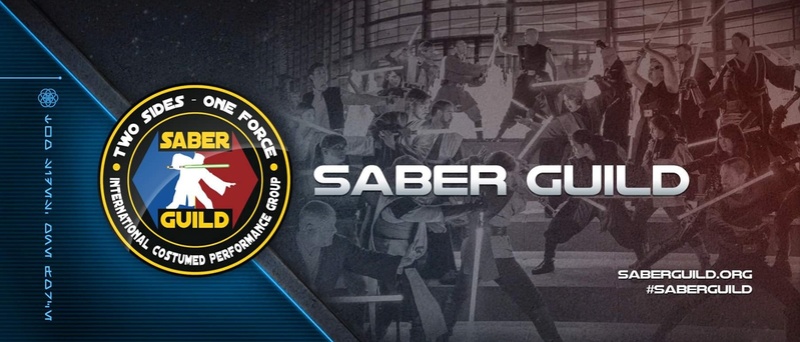Alright so the next material I'll be posting about: Worbla!
Worbla is a thermoplastic that when heated, has the same consistency of cookie dough( smells like it too

)
BIG issue with Worbla is that it is EXPENSIVE. most of the time what I get is the Jumbo sheets which run about 74-80 dollars a sheet. most armor( accounting for hiccups) will take about 2 sheets at least..maybe 3. that is also not counting shipping.
But it makes up for its cost by being a very malleable. Worbla is so flexible when heated that it can even rip apart, like dough..but it also falls apart like dough. you need to be very careful when handling Worbla as when you are paying attention to it, it will just fall into a weird position and sometimes even stick to itself. when Worbla is mashed to itself, 90% of the time it will be a permanent bond.
the most tools you'll need when working with Worbla:dark marker(or anything to make your measurement marks), scissors, and a HEAT GUN( most important one!)
optional tools: Dremel, sanding belt, craft foam
Of all the tools, The HEAT GUN is the most important. it is literally the only way for you to activate the worbla. some say you can use an oven or blow dryer but I have had issues with those before. The blow dryer, although not much different from the concept of a heat gun, does not get hot enough for you to work with the worbla. Putting it in the Oven is not a good idea as when you heat worbla, it sticks to MOST surfaces, and will most likely stick to your baking sheet..that will not be fun ti deal with..trust me..
craft foam is on here because of a method of working with Worbla known as "sandwiching". I personally use this method anytime I work with the material as it allows for more diverse thicknesses and detail work. here is a link for some basics in the method: Sandwiching Worbla
Anything that you can use to sand Worbla is always great to use as sometimes you won't get the smooth edge finish. But be warned, when you sand worbla, it has the tendency to heat up again and make more of a mess than what you started with so be gentle when sanding it.
Best thing to keep in mind when working with Worbla: it's like putting together a puzzle. Anytime you cut a piece of worbla, it's far too thin to use for any practical use. you need to bind it to another piece in order to start working with it as armor. it also is very unlikely you will get one solid armor piece with just one cut out shape of worbla. If you plan to make big chest pieces with it or just large armor in general, break the armor into sections. trust me when I say it will NOT hold up if you try to make one big chest plate with it. THis also something to keep in mind when you consider buying worbla as when you need to make a piece, it will need two cut out pieces to make it..and it will start to add up so plan out your design way in advance!
A fun trick to keep in mind when working with Worbla is that since it takes a lot of heat to mold and shape, it will also take some time to cool down. that means holding your piece in place while it dries. AIN'T NOBODY GOT TIME FOR THAT! The best way to deal with this problem is to keep cold water near by or even better keep a running faucet next to you as you work so you can quick dry it in the water an ensure that the shape keeps to what you wanted right from the start

Now I don't want to talk about all thermoplastics on here,as most work the same way or are unable to work with our line of work, but this is a special thermoplastic that has been recently released to the public..Clear thermoplastic. its official name is Transpa Art and it is a thermoplastic that is completely transparent. I have not had the chance to use this material yet but it definitely is something to look at possible if anyone plans on oddly shaped visors. link is here:Transpa Art
Alright well I hope this helps some of you out that may consider using this material. please feel free to message me if you have any other concerns with the material





